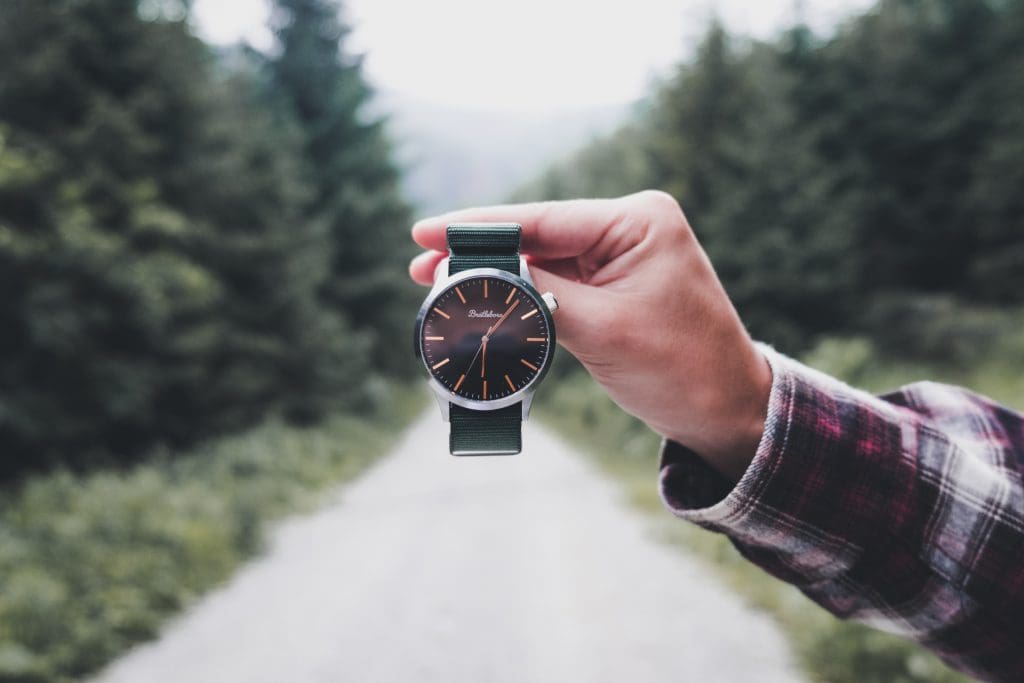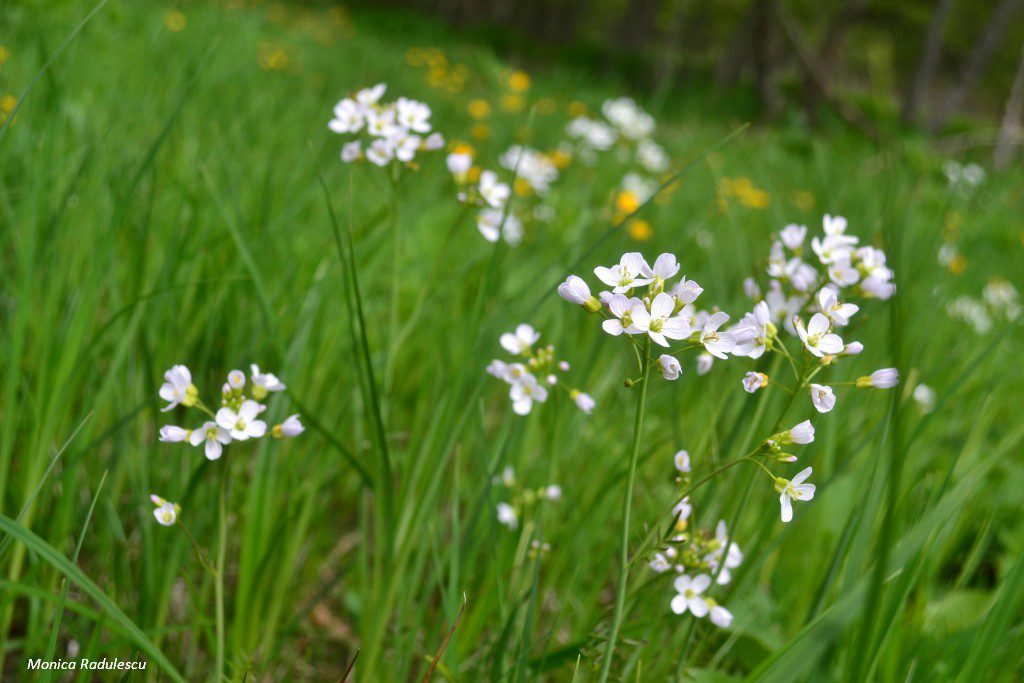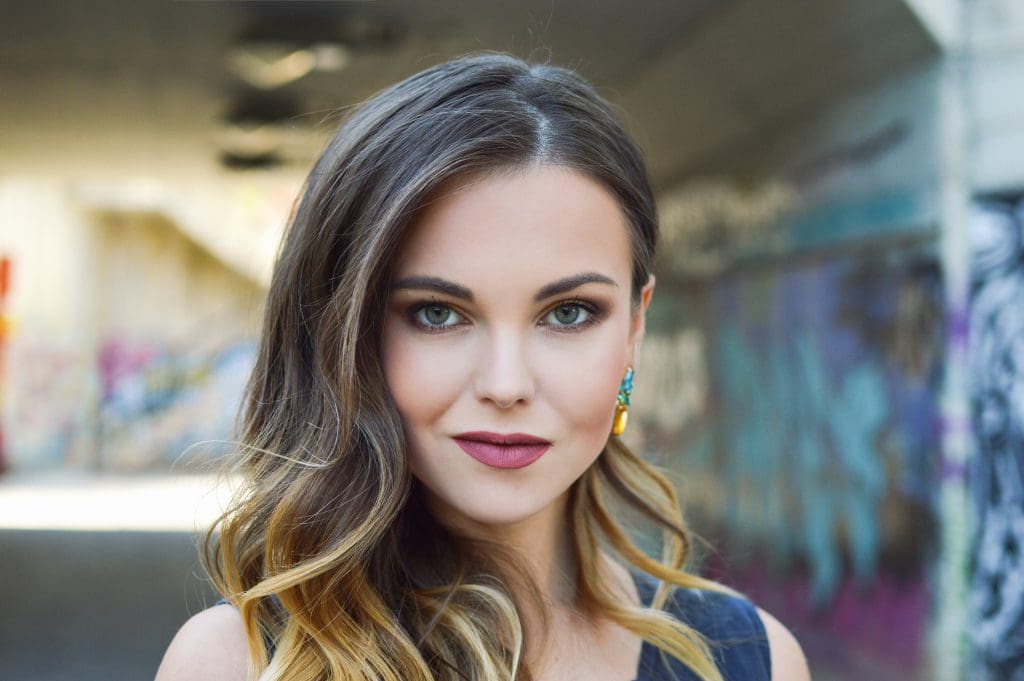Depth of field refers to how much of the frame is in focus. You can have the entire frame in focus –a deep depth of field – or just a small area around the point of interest – a shallow depth of field. The size of this area determines the general atmosphere of the photo, how much of the frame is interesting, and where should the viewer look. Why would anybody choose to blur most of the frame? Well, because a shallow depth of field has some really strong points. You should never underestimate the power of a shallow depth of field.

Photo by Marek Szturc on Unsplash
The benefits of using a shallow depth of field
When just a small part of the frame is in focus, the viewer’s eye is automatically attracted by the sharp area of the photo. The public will ignore everything else and concentrate on the area in focus. Thus the photographer has the chance to make the subject of the photo stand out. It’s a technique frequently used in commercial photography, where the subject of the ads needs to catch all the attention.
A shallow depth of field has other benefits too:
- Blurs a disturbing background that you don’t want to be seen
- Creates the impression of 3D objects
- Makes the objects in focus look closer than they are
How to achieve a shallow depth of field
To achieve a shallow depth of field you need a large aperture (a smaller f-number, from 1.4 to 5.6). But keep in mind that a large aperture allows more light to enter the camera and you need to balance with fast shutter speed and low ISO to avoid overexposed images. Also, not all lenses provide such wide apertures. For example, the widest aperture of a standard Nikon 18 – 55 mm kit lens in between 3.5 and 5.6. And most smartphone cameras don’t allow you to change the aperture.

However, a wide aperture isn’t the only way you can achieve a shallow depth of field. Another way is to get closer to your subject. It also helps to have a large distance between the subject and background. If you can change the lens, choose one with a longer focal length. Zoom and telephoto lenses provide a more shallow depth of field than wide lenses.
When to use
A shallow depth of field is perfect when your composition has a unique subject. It’s frequently used for portraits, macro photography, and still-life. A shallow depth of field is also helpful when you take pictures in a crowded place and want to hide the background. You can use it to singularize an object from the crowd and make it pop. Nevertheless, keep in mind that a shallow depth of field diminishes your subject’s context. If the context is part of your visual narrative, a shallow depth of field is not the best idea.

Photo by Tamara Bellis on Unsplash
The art of photography is to know what to put in the frame and where to put it. The same goes for photographic techniques; you need to know when to use them to create your artistic vision.
Cover photo by Nathan Anderson on Unsplash

